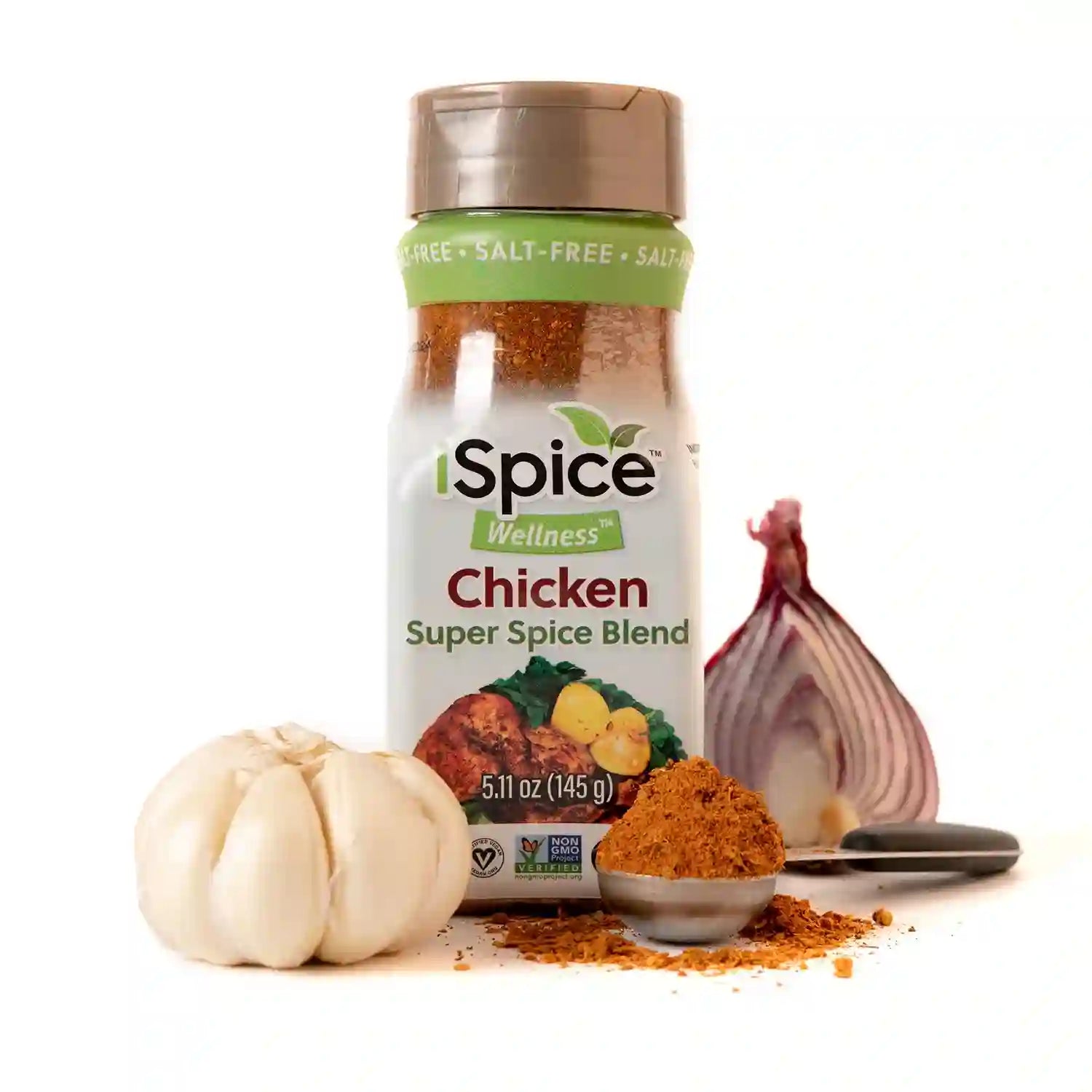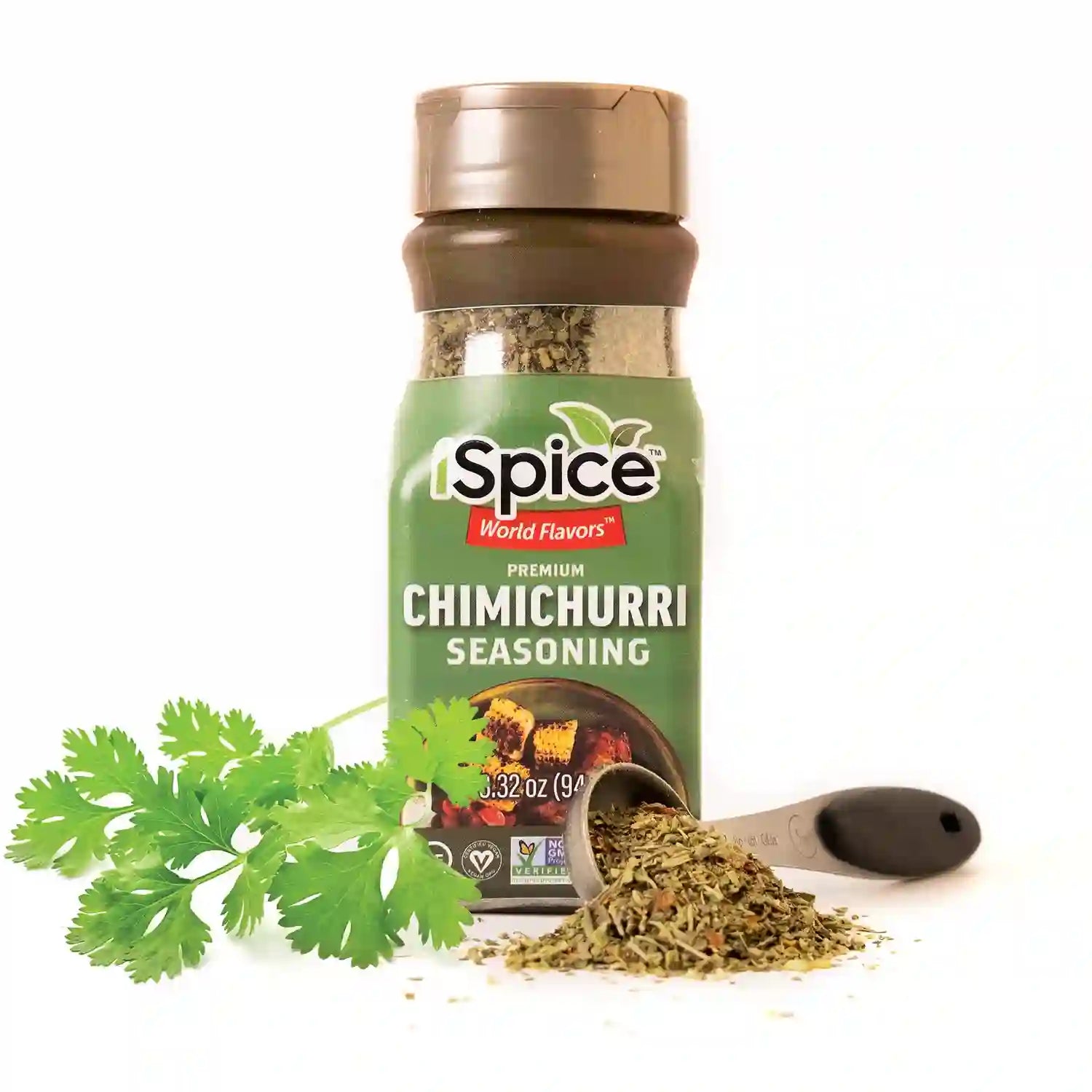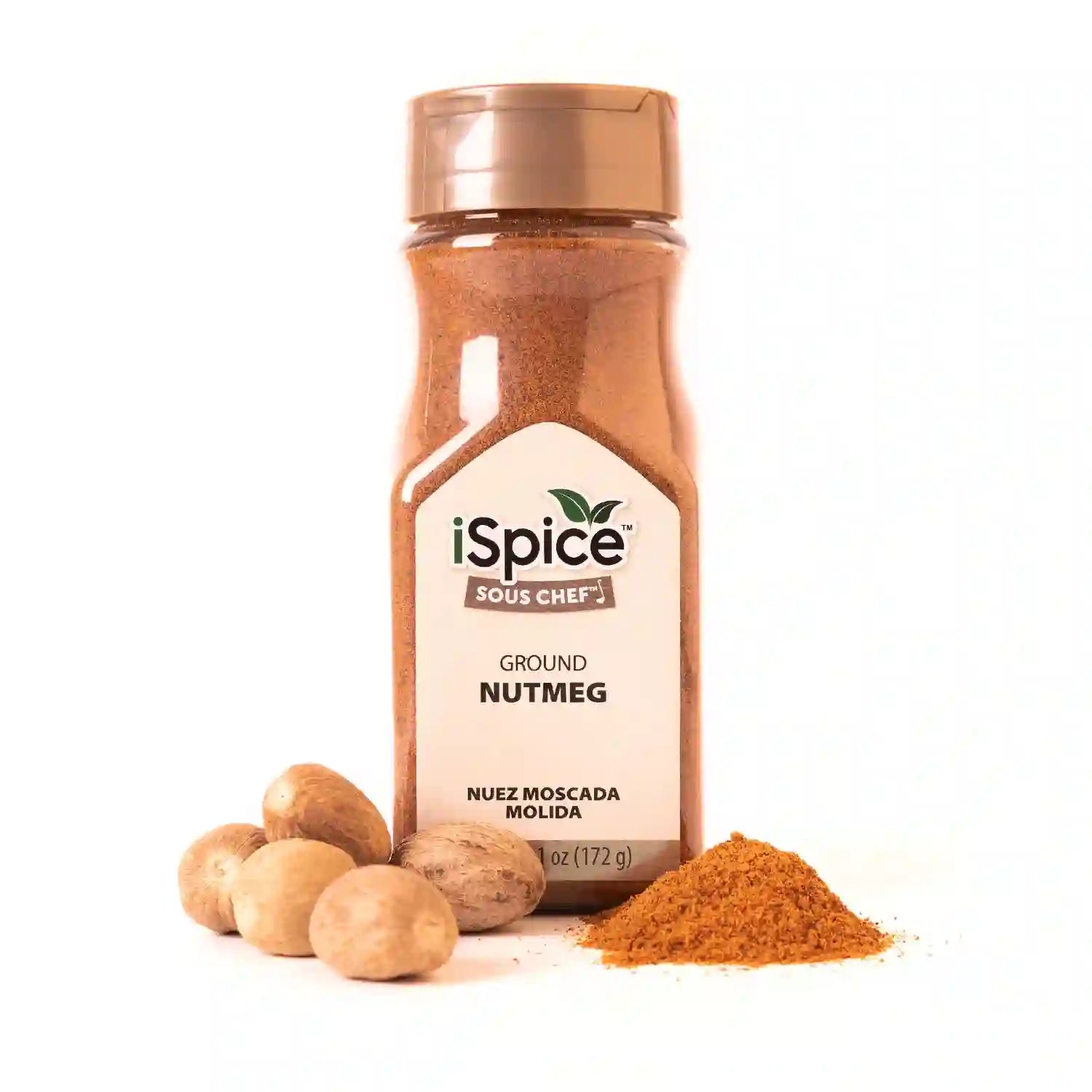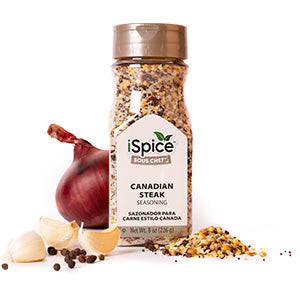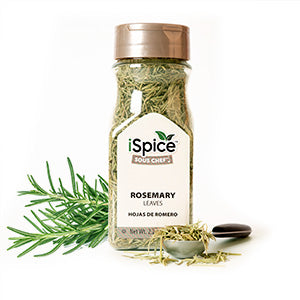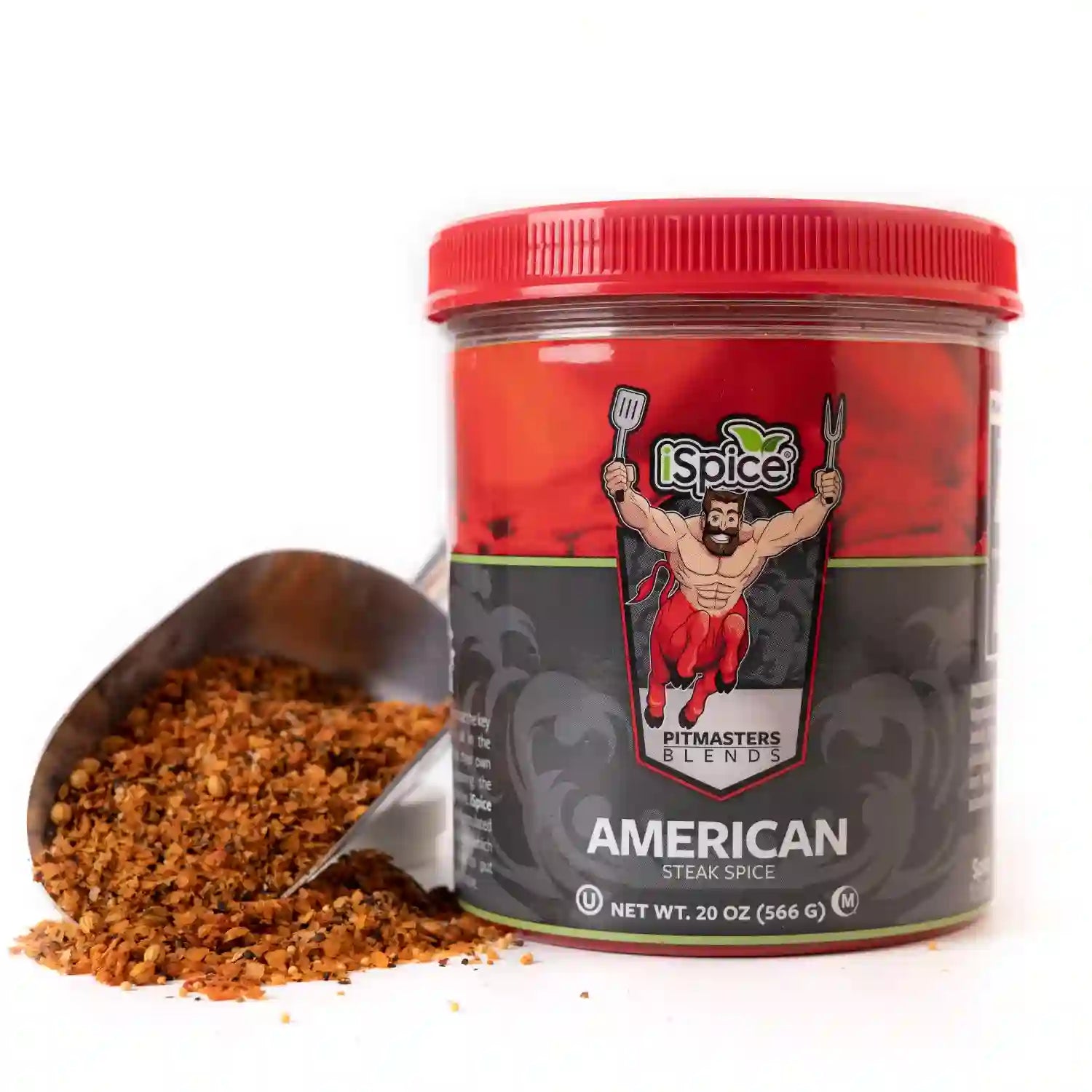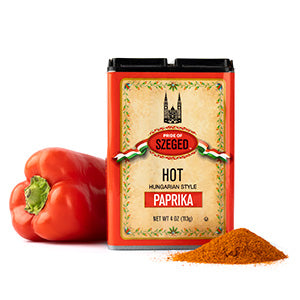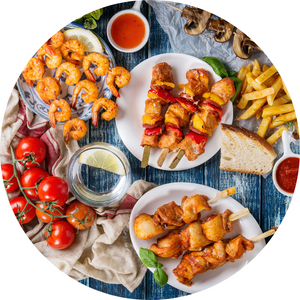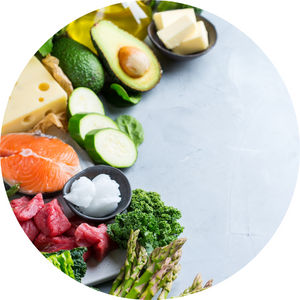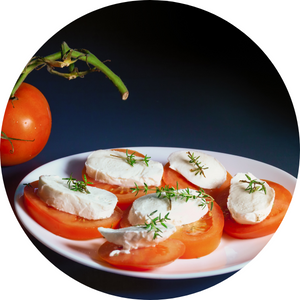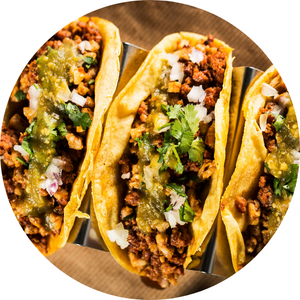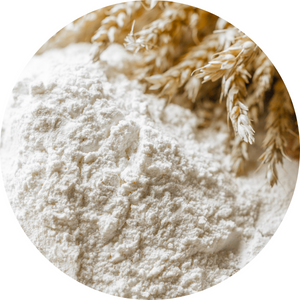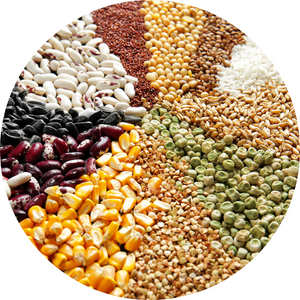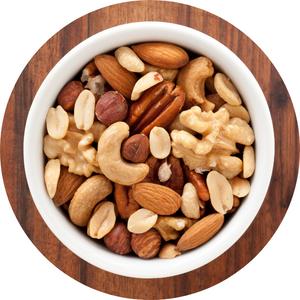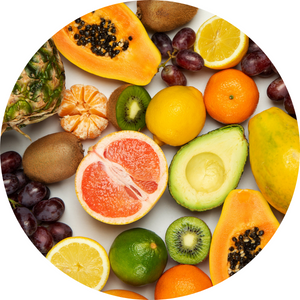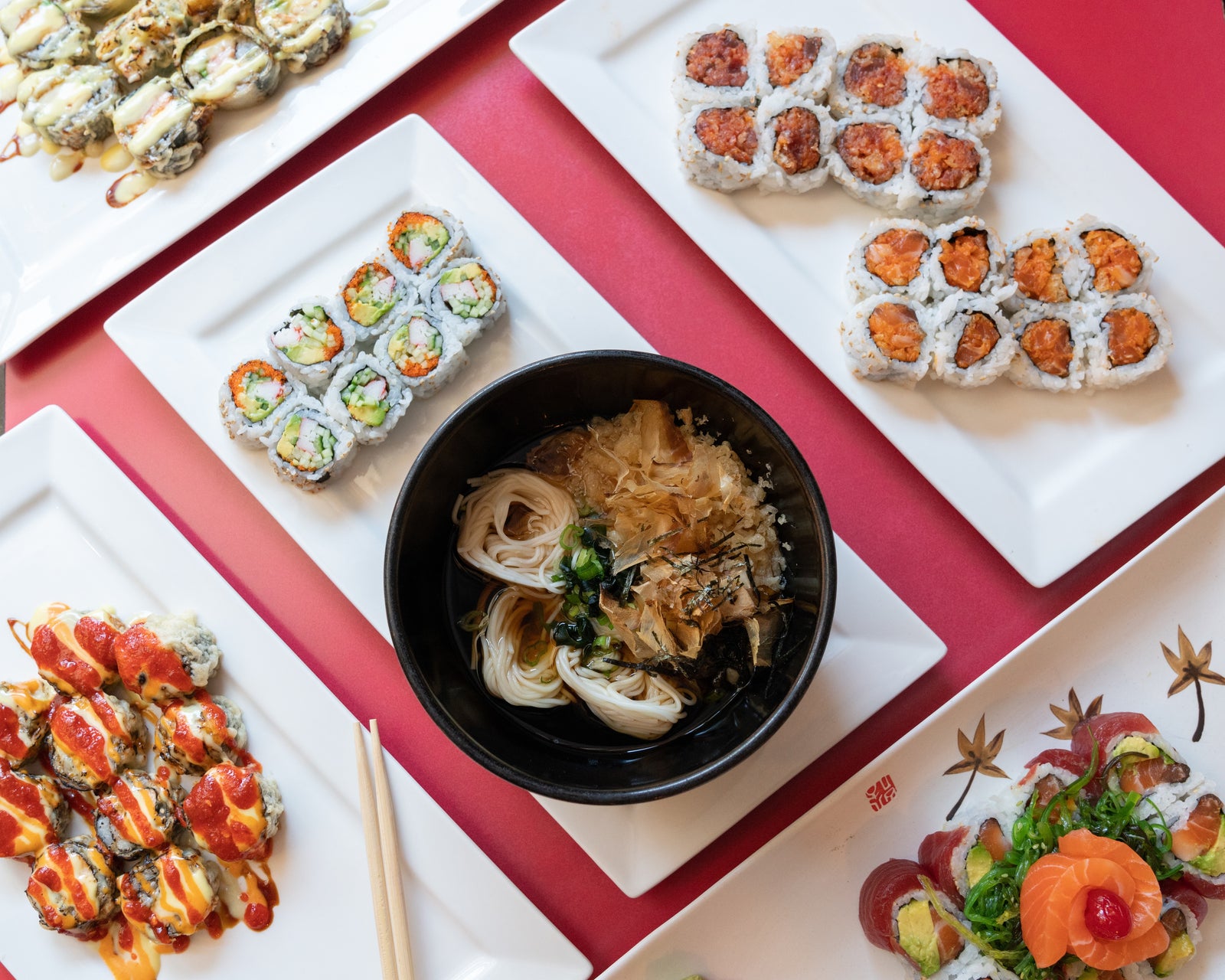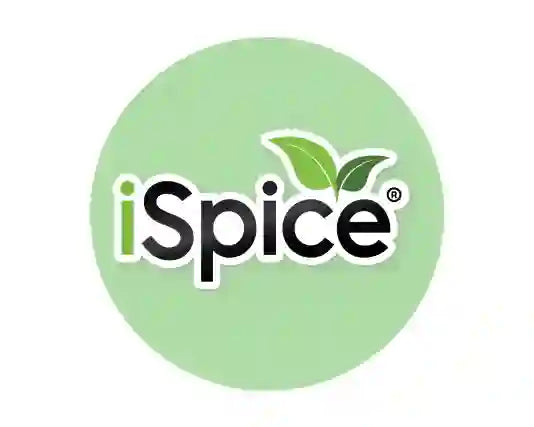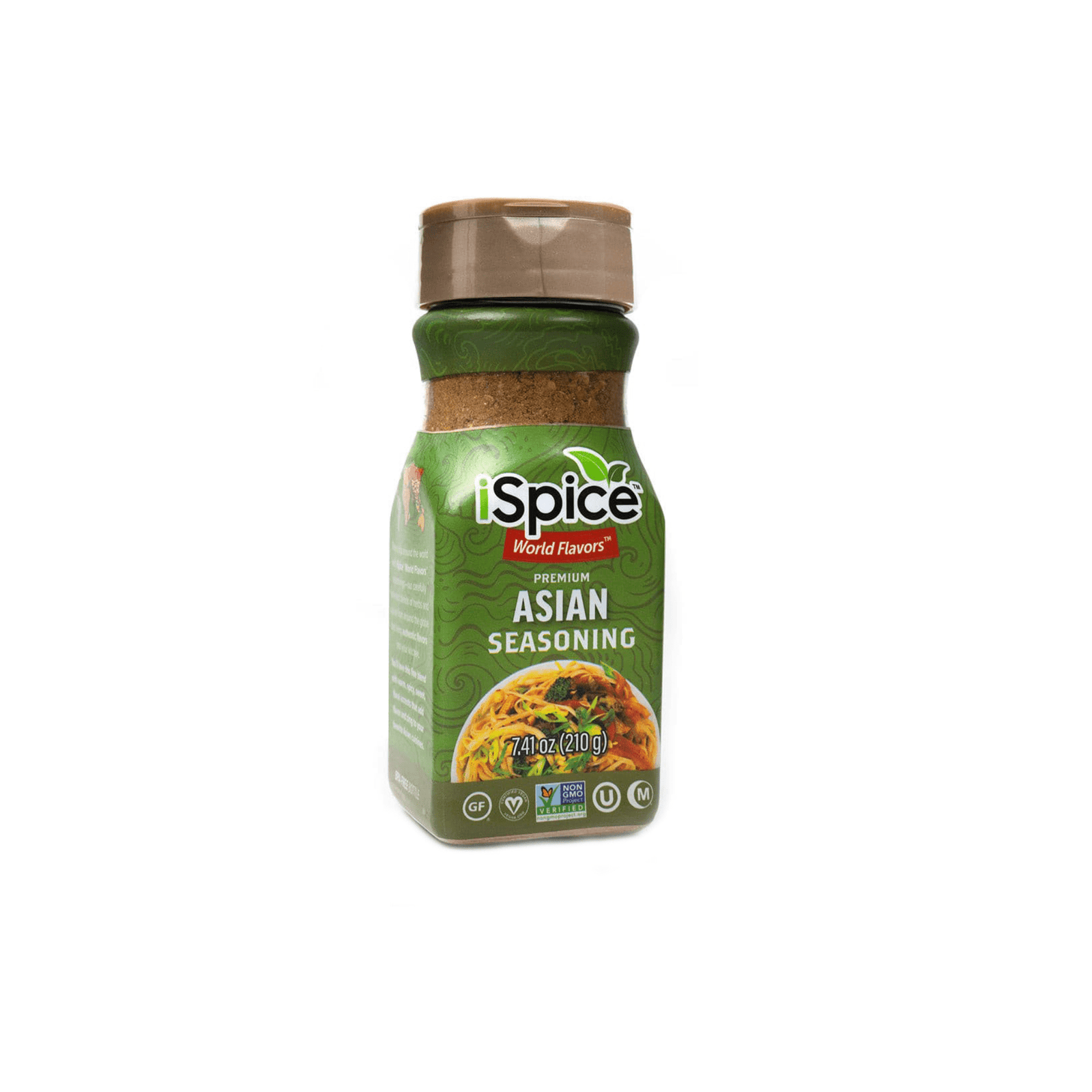Garlic is a species in the onion family, with close relatives being shallots, leeks and chives. Raw garlic has a strong, pungent, heated taste and a strong, spicy flavor that mellows and sweetens when cooked. Roasted garlic takes on a well-balanced, delicate, nutty flavor. Garlic powder, made from dehydrated cloves that are finely ground, tastes sweeter and less strong than fresh garlic. Sautéed garlic produces caramelly undertones.Native to Central Asia and northeastern Iran, Garlic is found in almost all types of cuisines. It can be a classic component of bread (garlic bread, bruschetta, crostini) and is often paired with onion, tomato and ginger in Italian and Chinese dishes. Garlic stems are often used in stir frying and leaves are a popular vegetable in many parts of Asia. Oils can be infused with garlic cloves and used to season all categories of vegetables, meats, breads and pasta. Chili garlic sauce is a popular condiment and dip across North America and Asia.Shortly after garlic is crushed it produces allicin, a powerful antibacterial that, according to folklore, is beneficial during cold and flu season. It is one of the world’s oldest known crops, referenced by the ancient Egyptians and Indians in 3000 BC.
Alert: While spices can have many beneficial properties for health, using them for medical purposes should be done under the guidance and supervision of a healthcare professional or specialist. Some spices may interact with medications or cause adverse reactions in certain individuals, and it is important to use them safely and appropriately. If you are considering using spices for a medical condition, it is important to consult with a healthcare professional before doing so.
|
|
Benefits of GarlicSome research suggests Garlic may have the following benefits:
|

